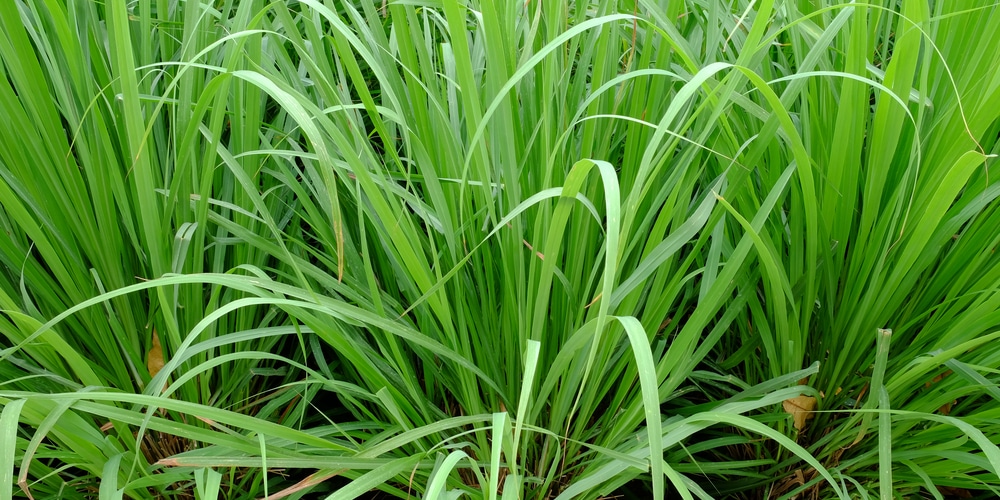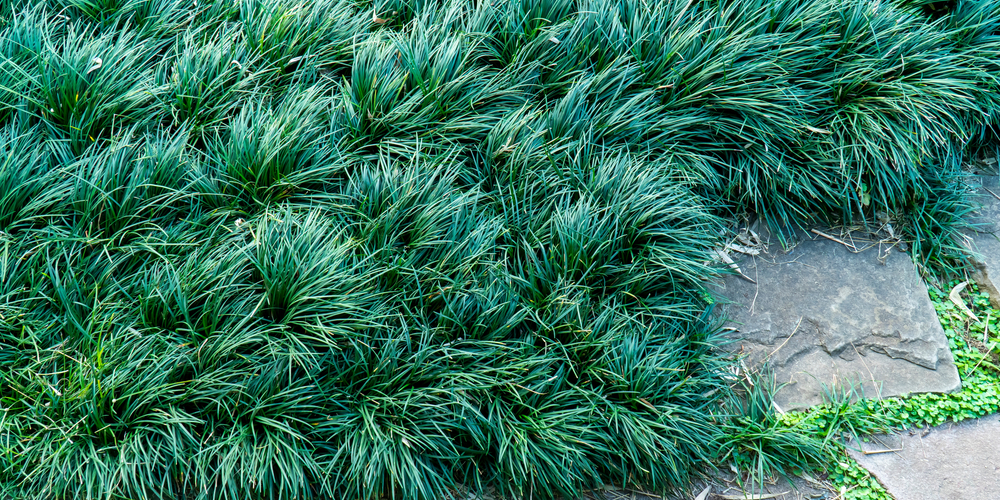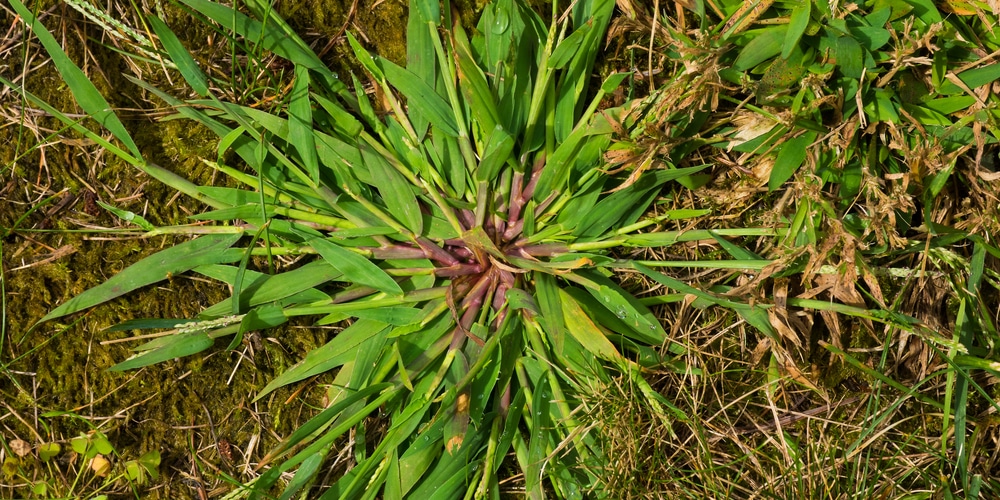If you didn’t know this from biology class, biotic and abiotic factors make up an ecosystem. The first refers to the living beings in the environment, such as animals, bacteria, and plants.
The latter stands for non-living components, such as water, the soil, and the atmosphere. As both interact with each other, they create ecosystems. All factors depend on each other and are essential to survival and reproduction.
But, is grass abiotic or biotic? And what more should you know about this topic? Read on to explore the answers to these questions!
Is Grass Abiotic or Biotic
Let’s go straight to the grain of the question. Grass, by definition, is biotic. It is a producer that converts abiotic factors into food through photosynthesis. Indeed, the grass uses the sun’s energy, water, and carbon dioxide in the atmosphere to produce food for itself.
Because of such characteristics, we can define grass (and other plants) as autotrophs. The term is from the Ancient Greek “auto,” meaning self, and “troph,” which you can translate as “to feed” or “nourishment.” And it stands for organisms able to produce their food.
What Are Biotic Factors?
But what are biotic factors in an ecosystem? The answer is simple: they are living organisms that have interactions with each other that involve competition among species, predation, parasitism, and reproduction.
There are three categories of biotic factors: producers (which we described in the previous section), consumers, and decomposers.
Consumers are animals that cannot make their food and need consumer producers or other consumers to get energy. So, while producers are autotrophs, consumers are “heterotrophs” because they get nourishment from species other than themselves.
We categorize consumers based on what they eat. Depending on their food preferences, they can be carnivores, herbivorous, or omnivorous. As you may already know, carnivorous species feed on other consumers (they eat meat), herbivorous feed on plants, while omnivorous eat a balance of both.
Finally, decomposers are organisms essential in the health and survival of an ecosystem.
Bacteria, fungi, and earthworms all fall under this category. They break down organic matter from dead plants and animals and turn it into inorganic components necessary for life.
Such elements return to the soil and water as nutrients, and the producers use them to continue the cycle.
What Are Abiotic Factors?

As we mentioned before, abiotic factors are the non-living components of the ecosystem. Such elements include chemical and physical factors of the environment, such as water, the sun, temperature, and the wind. Without abiotic factors, an ecosystem and the organisms inhabiting it wouldn’t be able to survive.
For instance, oxygen is essential to most life forms on earth. And sunlight is one of the world’s primary energy sources, which provides food for plants. Plus, it affects the temperature, which regulates organisms’ metabolisms.
And, of course, water is essential for life: it contains nutrients and food sources. Nutrients are also abiotic factors crucial for plants’ and animals’ growth.
Is grass abiotic or biotic: Conclusion
The interaction of biotic and abiotic factors can influence the ecosystem and inhibit a species’ growth population.
Related Article: Is a Mushroom a Producer?

